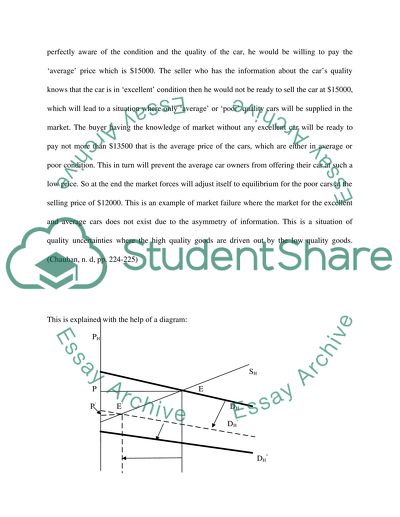Cite this document
(“He implications of asymmetric information for the function of markets Essay”, n.d.)
Retrieved from https://studentshare.org/macro-microeconomics/1422424-he-implications-of-asymmetric-information-for-the-function-of-markets-at-both-the-microeconomic-and-macroeconomic-levels
Retrieved from https://studentshare.org/macro-microeconomics/1422424-he-implications-of-asymmetric-information-for-the-function-of-markets-at-both-the-microeconomic-and-macroeconomic-levels
(He Implications of Asymmetric Information for the Function of Markets Essay)
https://studentshare.org/macro-microeconomics/1422424-he-implications-of-asymmetric-information-for-the-function-of-markets-at-both-the-microeconomic-and-macroeconomic-levels.
https://studentshare.org/macro-microeconomics/1422424-he-implications-of-asymmetric-information-for-the-function-of-markets-at-both-the-microeconomic-and-macroeconomic-levels.
“He Implications of Asymmetric Information for the Function of Markets Essay”, n.d. https://studentshare.org/macro-microeconomics/1422424-he-implications-of-asymmetric-information-for-the-function-of-markets-at-both-the-microeconomic-and-macroeconomic-levels.


